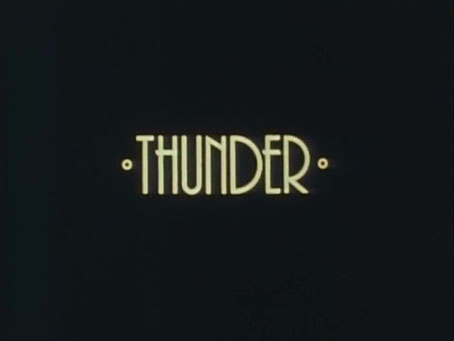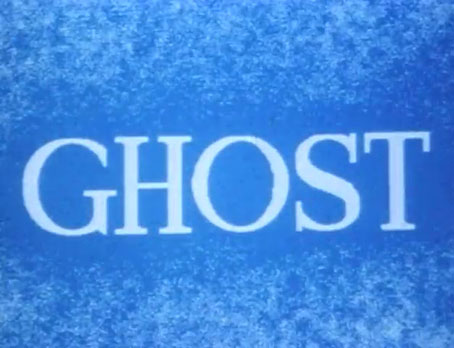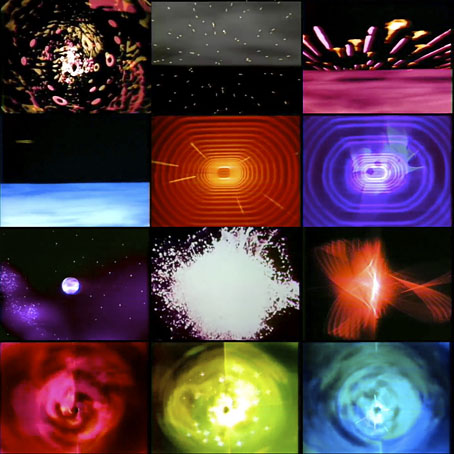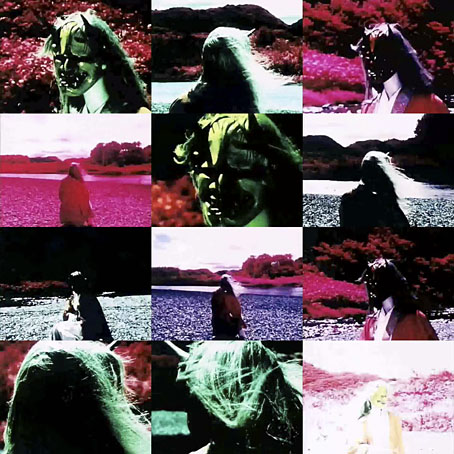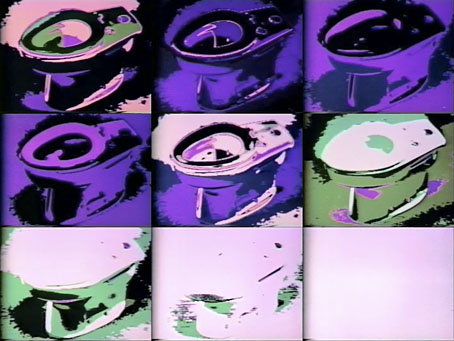Ito Takashi’s early experimental films achieve their delirious effects with a minimum of means: flickering lights, projected images, and pixillation of the camera and the blurred figures that flit through the frame. Not all are on YouTube at the moment but Thunder (1982) and Ghost (1984) are exceptional works, both with electronic soundtracks by Yosuke Inagaki. (Those sensitive to flickering lights should be warned that Thunder features rapid strobing from the outset.)
Previously on { feuilleton }
• Atman, a film by Toshio Matsumoto

